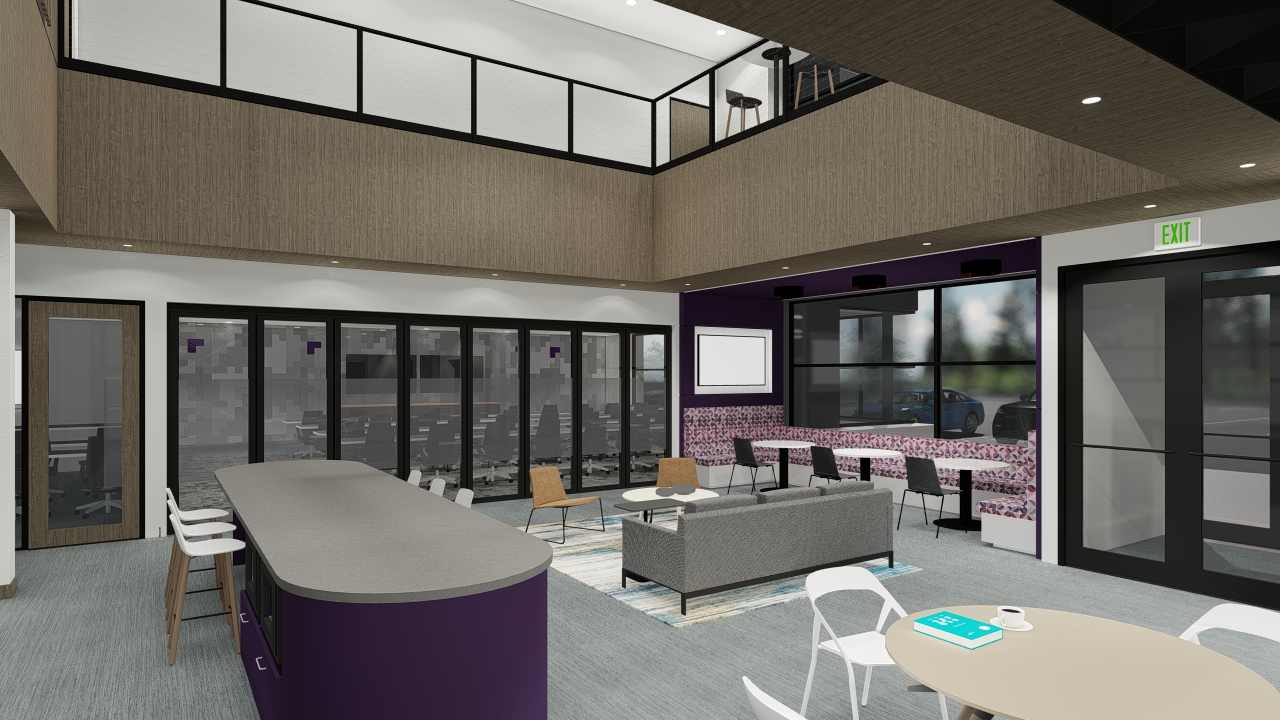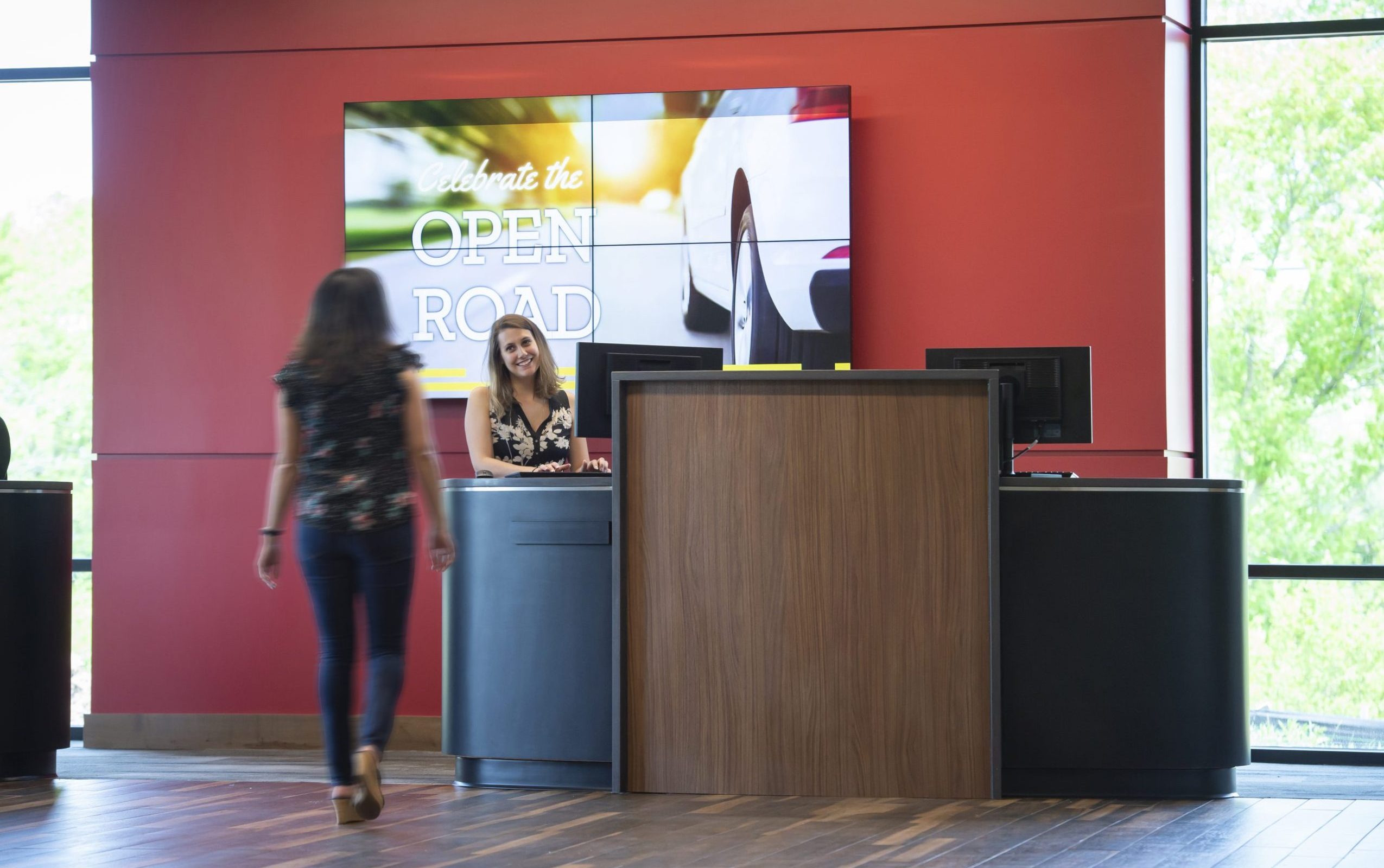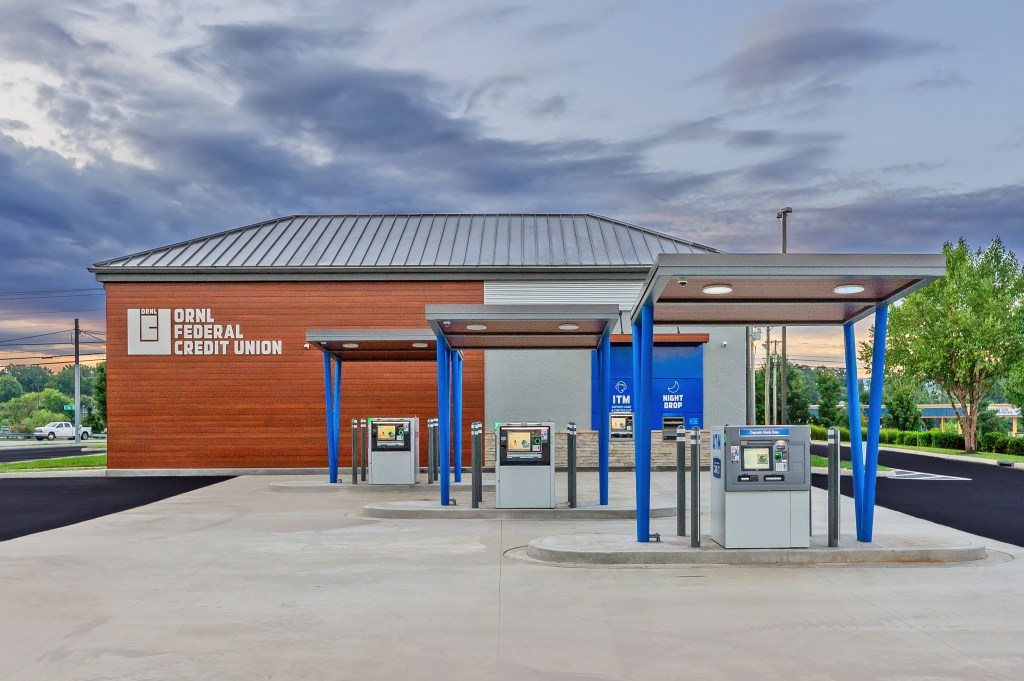Part 1: Technology in Retail Banking Today, Tomorrow – and the Future
By Adam James, AIA
April 5, 2022Post Tagged in
 |
This month, we’re diving deep into a topic that is a major discussion in the branch operations and design process – technology in the retail branch. It’s a topic that brings up many questions, some uneasiness, and a lot of unknown – but there is little doubt that technology is changing the experience of the branch for both your customers and employees. Today is part one of a three-part series – we’ll examine technology being deployed today at branches and your physical branch assets. The next post will discuss what the near future holds and finally step out to look at what the future will bring for your (virtual?) branches.
|


